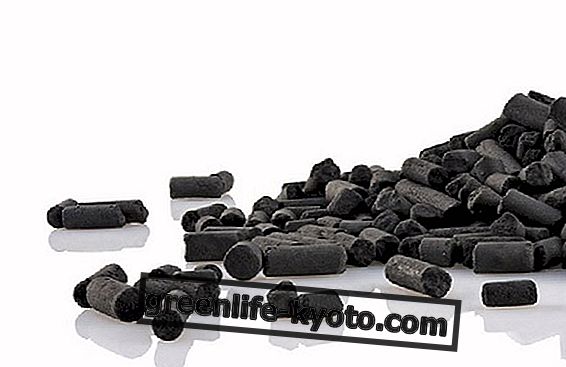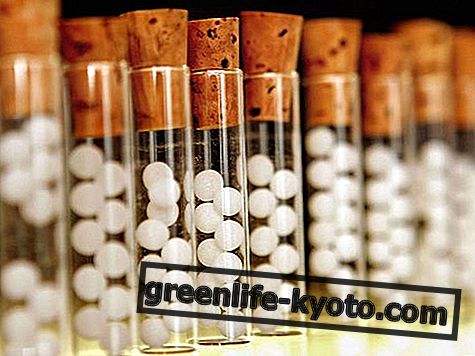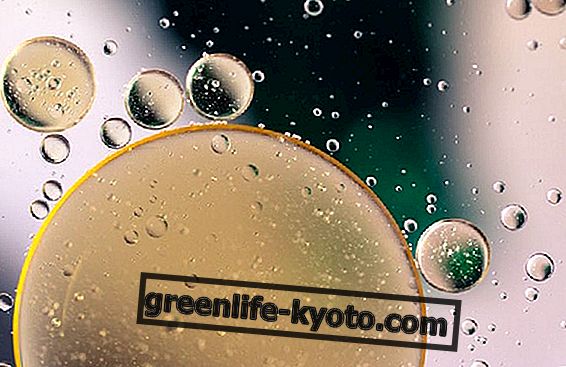
Licorice root is a natural remedy used in ancient times to treat gastrointestinal and respiratory disorders. Let's see what licorice does well, when it is good to take it and when, instead, it is contraindicated.
Licorice, because it is good
Licorice roots contain glycite (a molecule fifty times sweeter than sugar), flavonoids, coumarin derivatives, asparagine and starch .
The therapeutic properties of licorice are attributed to the glycina. It is a saponin glycoside consisting of ammonium and calcium salts of glycyrrhizic acid. By hydrolysis, the glycite is cleaved into glycyrrhetinic acid and into two glucuronic acid molecules.
Both glycityina and glycyrrhetinic acid have anti-inflammatory properties, useful for inflammation of the gastrointestinal tract. The saponins also have an irritating action on the mucous membranes, assuming an expectorant function.
Therapeutic properties of licorice
Licorice is mainly used for the well-being of the digestive system. In fact it is often administered to relieve the symptoms of gastric reflux, to reduce the proliferation of Helicobacter pylori or to relieve the pain and burning associated with gastric ulcer .
Thanks to its anti-inflammatory properties, licorice is a useful remedy even in the case of ulcers and inflammations affecting the intestine, including ulcerative colitis, Chron's disease and irritable bowel syndrome .
In addition to the gastrointestinal system, licorice is also used for problems in the respiratory system . As already mentioned, saponins in fact have expectorant properties : in small fosi, they thin the mucus and favor its expulsion, stimulating the cough reflex.
The licorice root is used in the form of juice, extracts and decoctions, at different dosages based on the benefit you wish to obtain.
Side effects of licorice
However, the side effects of licorice should not be underestimated.
Glycyrrhetinic acid which is released after hydrolysis of the glycityine inhibits the activity of an enzyme that converts cortisol to cortisone . This increases the levels of cortisol in the kidneys and this leads to a reabsorption of sodium. The consequence is a retention of water and sodium that causes swelling, increased pressure and a loss of potassium.
The intake of licorice is contraindicated in the event that there are low levels of potassium, gallbladder disorders, liver cirrhosis and renal failure. Furthermore, it is not recommended during pregnancy .
Finally, licorice has numerous interactions with many drugs. Therefore, before starting a licorice root treatment, it is advisable to seek medical attention.













